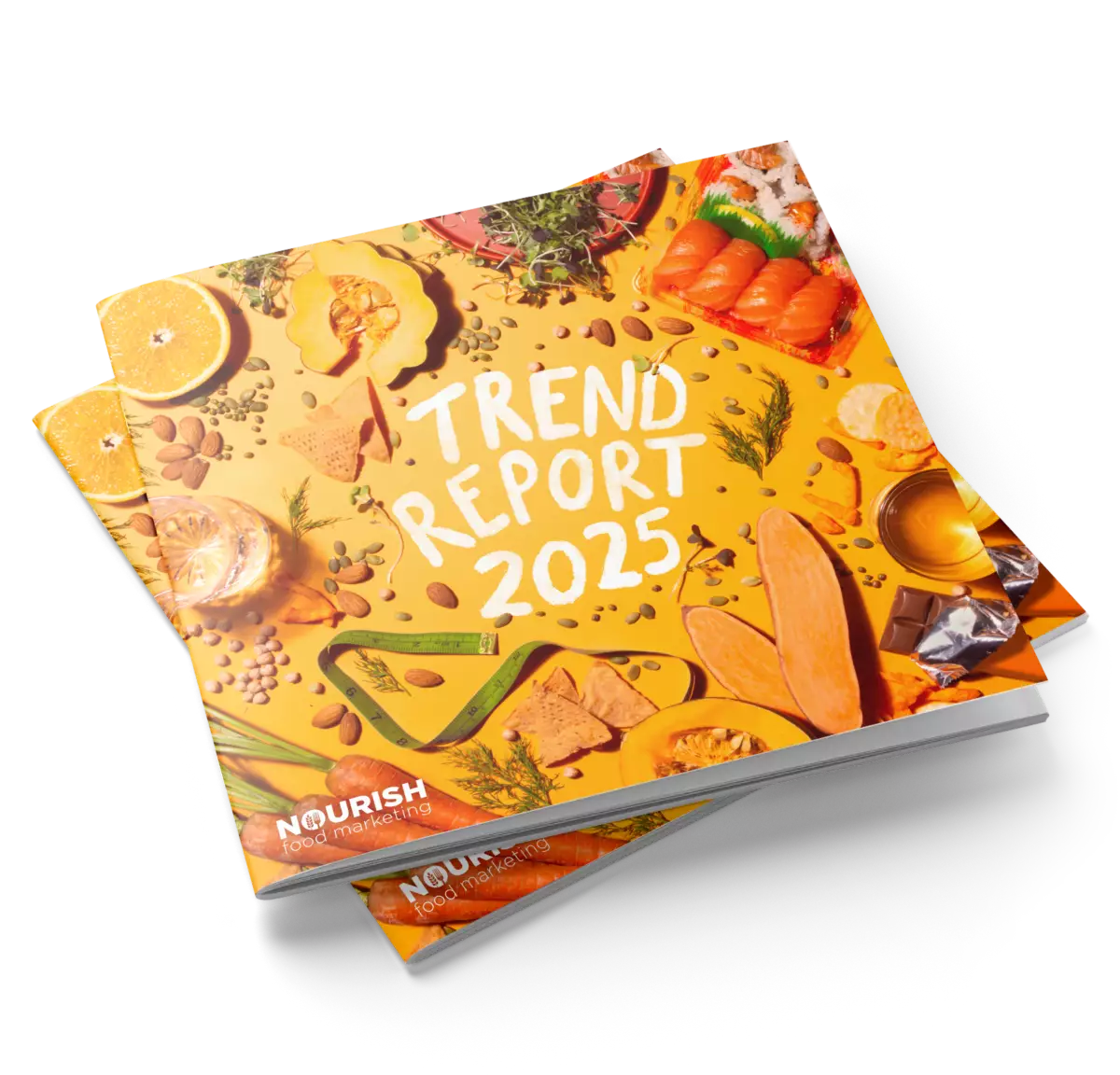Our 2022 Nourish Trend Report comes out next month — and our newsletter subscribers will get a first access to our kickoff webinar. In addition, you can read our 2021 Trend Report here to see how we did last year in predicting this year’s trends. Of course, tech trends are always worth watching and one we have our eyes on is the intersection of robotics and food and the emergence of robotic foodservice workers.
Over the past year, a lot of money went into the food robotics space including some significant acquisitions. Why? COVID accelerated the adoption of technology by 5 to10 years. Properly applied, technology can speed up and streamline operations, save on costs, and create a genuinely contactless interaction for the consumer.
Additionally, labour shortages combined with the higher cost of labour in foodservice, food processing plants, and with growers and migrant labour mean the capital investment in robotics makes more economic sense. In foodservice, many employees left the sector due to uncertainty and possible future shutdowns and found work in other industries, resulting in a record 132,800 foodservice job vacancies in July 2021. Restaurants Canada Chief Economist Chris Elliot also cites underlying demographic factors of a smaller youth cohort, whose first job is usually in foodservice, coupled with more of that generation also delaying getting that first job.
Robotic Foodservice Workers Are Already in Restaurants, Retail, and Delivery
Robotics in foodservice can be used in the back of house to ensure recipes are made to the exact gram, eliminating inconsistency and minimizing waste, both critical as the cost of food rises. Robotic arms act as salad makers or fry cooks. Flippy, a fry-cook robot, is already working at some QSRs, including White Castle, and even has its own commercial with the tagline “Let the robots do the robotic work, so people can do the people work.” The robotic foodservice worker puts in 23 days, virtually does away with spills and workplace injuries at the fry station, and frees up human workers to be more productive elsewhere.
The Breadbot is a standalone bread robot that can make up to ten loaves of fresh bread per hour from scratch. Owners can schedule baking to start up to three hours before the store opens, eliminating that middle of the night shift, while still providing that sale-ensuring smell of warm bread to greet the first customers through the doors in the morning.
Food delivery robots and drones are appearing on US college campuses, notably from Starship and Kiwibots. Robotic delivery solutions provide contactless service and an economical solution for the costly last kilometre problem, claiming to be 50% less expensive than conventional delivery. As with traditional delivery options, customers receive an alert through a proprietary app when the food goes out for delivery; when the robot arrives, they unlock it using the app and retrieve their order. Students are more open to this type of technology than older demographics, and this adoption will broaden to other applications as they move through their consumer lifecycle.
Consumers Demand “What I want, when I want it, where I want it!” Are Robots the Answer?
The redistribution of workers, with more employees working at home, means trade area shifts. With reduced traffic, some locations may no longer support a traditional storefront, making automation a good alternative, allowing profitable servicing of a reduced clientele.
Like that morning commute coffee. We’re seeing entire standalone systems in coffee, such as RC Coffee Robo Cafe in Toronto, designed by a Canadian robotics company in partnership with Dark Horse Espresso Bar, with plans for a national expansion. And Costa Coffee BaristaBot, owned by Coca-Cola and combining elements of Coke Freestyle dispensers and classic coffee vending machines. It’s happening in pizza, too, led by PizzaForno, with automated pizza makers operating 24/7, dispensing fresh-made pizza in 3 minutes.
Robotic vending machines, including Chowbotics’ Sally the Robot, can offer customizable salads, grain bowls, snacks, yogurt parfaits, and diverse cuisines such as Mexican, Indian, and Chinese. DoorDash bought Chowbotics earlier this year, perhaps for incorporation within its ghost kitchen model. So far, Sally the Robot has appeared in the Grocery channel, providing “a safer, more hygienic salad bar experience.”
Robotics has the potential to eliminate the most mundane and repetitive tasks for foodservice workers – just as ATMs did for bank tellers – cut costs for operators, and tailor a business model to changing consumer needs.
Automation in the workplace has always been met with a degree of resistance. But, with the labour shortage potentially stretching on indefinitely, the timing has never been better to put technology to work in your foodservice business. Maybe that tagline “Let the robots do the robotic work, so people can do the people work” is something we should all embrace!
To learn how robots are helping farmers meet labour and productivity challenges on Canadian farms, please read this article, Robotics in Agriculture: Is Farming Going to the Bots? by Len Kahn, President of Kahntact, one of our partner agencies in the Nourish Network.
